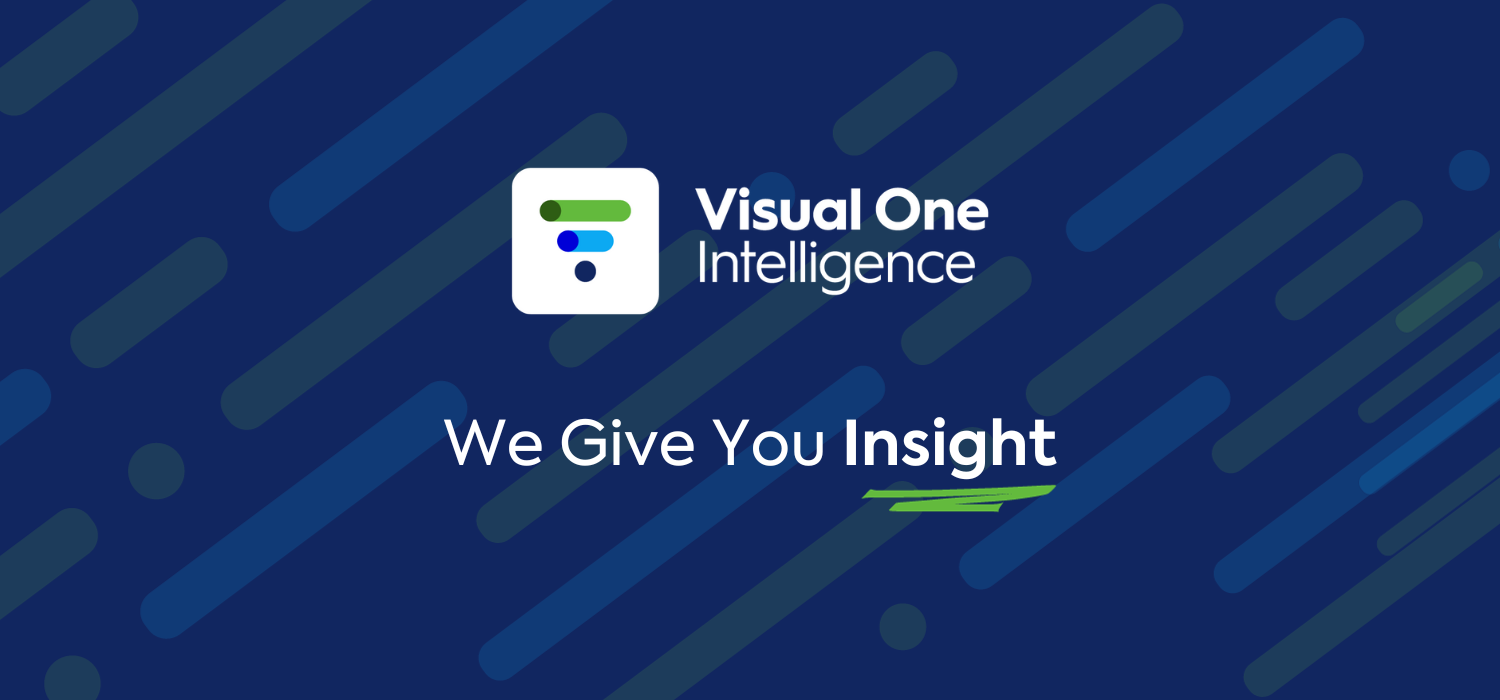Share this:
For IT leaders seeking to align cloud deployment with financial benchmarks, a 2024 report identifies burgeoning FinOps trends for hybrid infrastructures to confront.
Cloud costs are continuing to rise. This is no surprise: cloud growth generally accompanies data and revenue growth (a necessity for organizations). Moreover, the rise of AI has more organizations (46% of survey respondents) looking to the cloud in anticipation of future AI initiatives and growth.
At the same time, organizations are gaining sophistication in their efforts to optimize cloud costs. And as more elements of infrastructure adopt cloud-like pricing models, the concept of FinOps itself is shifting to apply beyond the cloud and into hybrid, on-prem, and other variable-spend resources.
As organizations look for increased efficiency and savings in 2024, here are four notable FinOps trends for IT directors and managers to apply within your infrastructure. Each are identified by the FinOps Foundation’s fifth annual State of FinOps Report, which leveraged extensive surveying of over 1,200 respondents to compile organizations’ top priorities for the year.
- Reducing Waste is Now the Top Priority
- Cloud Forecasting Needs Improvement
- Optimization Must Move Beyond Compute
- It’s Time for Cloud & Sustainability Teams to Collaborate
FinOps Trend #1: Reducing Waste is the New Top Priority
For the first time ever, “reducing waste and unused resources” is the biggest priority for cloud and hybrid FinOps professionals according to the FinOps Foundation’s 2023 surveys.
As cloud investment grows, reducing costs is less likely than reducing unit costs. Teams that can improve cost efficiency have the best chance to manage future cloud growth without incurring expensive surprises at the end of each fiscal year.
The second biggest priority, “managing commitment based” spending, complements the first priority. Volume-based discounts represent one of the best opportunities for savings, especially as organizations anticipate continued cloud growth.
These discounts are not always so easy to apply, however. Cloud providers and reporting tools don’t always make it easy to predict future growth and understand current spending. As a result, over half of organizations reported leaving money on the table in 2023 and overspending when they could have leveraged volume-based discounts.
The best solution is often to apply strong forecasting and cloud capacity planning when negotiating yearly cloud SLAs and assigning resources.
At Visual One Intelligence®, for example, we do this with strong utilization and cost metrics that dig into hybrid environments to pinpoint past trends and subsequent future outcomes.
FinOps Trend #2: Forecasting Needs Improvement
With that said, forecasting still has its challenges. Even respondents’ most commonly cited forecasting activity – the ability to manually adjust forecasts – has been implemented by less than 50% of teams.
Without strong forecasting abilities, organizations are likely to continue overspending on cloud commitments, ignoring opportunities for savings embedded in SLAs, and provisioning inefficiently.
The best solution is a strong forecasting tool that accomplishes many of the goals listed in the FinOps Foundation’s survey, such as:
- Forecasts across multiple periods of time
- Forecasts at multiple levels of granularity
- Business unit analysis
- Forecasts that adapt to changes in trends
- Forecasts that account for expected future changes
FinOps Trend #3: Optimization Must Move Beyond Compute
Despite opportunities for efficiency across the cloud landscape, most actual optimization still occurs within compute. That’s partly due to the emphasis that cloud vendors and tools put on compute optimization, including ways to facilitate speedier optimization.
That means, however, that most organizations still have multiple untapped avenues for cloud savings: data and storage, containers, databases, backup, etc.
This is where the limitations of native vendor tools and platform-limited observability software show themselves. A truly hybrid-platform observability tool that can monitor and optimize storage, compute, cloud, containers, HCI, and more can open doors to extended cloud savings.
FinOps Trend #4: It’s Time for Cloud & Sustainability Teams to Collaborate
Currently, less than 20% of FinOps teams report working with their sustainability counterparts. But a whopping 50% of teams expect that to change in the near future.
Government regulations (especially in EMEA markets) and investor pressures are forcing more organizations to account for their environmental footprint, and that includes IT infrastructure. Public cloud infrastructure may be more sustainable than in general than private data centers, but it’s up to FinOps teams to prove just how sustainable their infrastructure is – data that is not as readily available from cloud providers.
Of course, it’s easier to prove sustainability gains when your cloud architecture is becoming more efficient. Prioritizing cloud optimization kills two birds with one stone: getting more ROI out of your cloud resources and showing the corporate responsibility that investors and consumers are looking for.
FinOps is Forging New Paths to the Same Goal
When things change, they also stay the same. That’s certainly the case within cloud and FinOps roles. In 2024, teams are making more progress towards certain kinds of optimization – opening the doors to new possibilities for improving efficiency and overall cloud spending.
Visual One Intelligence® can help. We are a suite of software-as-a-service (SaaS) products and services tailored to help IT Infrastructure and FinOps professionals maintain and optimize cloud, compute, and storage environments. By consolidating independent data elements into unified metrics, we surface actionable insights otherwise stay hidden.
To see how we can facilitate asset optimization and FinOps objectives, join us for coffee or watch one of our live demos at your convenience.






